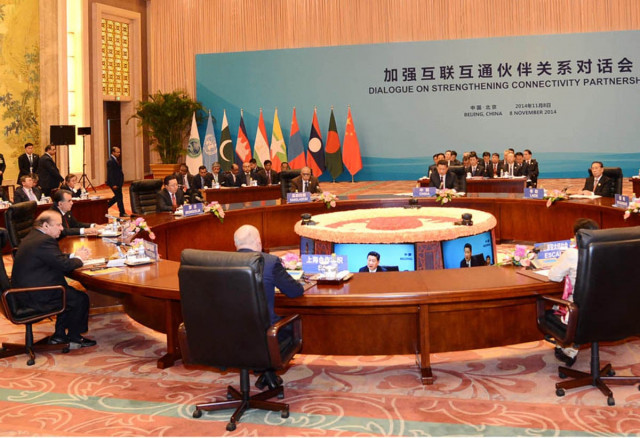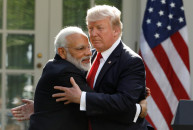China power
Chinese investment in the power generation shows a considerable vote of confidence on their part

The ongoing protests in Islamabad stalled the Chinese presidential visit and continue to influence the political climate generally. The agreements that have been signed are for the long-term development of a range of power generators, with a cumulative capacity of 10,000MW. Power generators do not spring up overnight, and it may be several years before power from this sheaf of signings gets to the consumer, and there will be pitfalls along the way.
The huge power deficit that has afflicted Pakistan for many years now is in large part due to many parts of the power generation chain being inoperative. Shortage of natural gas has led to the closure of several plants, and energy managers hope to bring them back online using imported liquefied natural gas. The gap between demand and supply ranges from 3,000-7000MW depending on the season. This is not going to be bridged immediately, but there is a possibility now that load-shedding, if not eliminated, can at least be reduced. Hardware aside, distribution companies are also in need of overhauling. The shortfall in collections has increased by 10 per cent in the last year and the attempt to end circular debt was abortive.
The Chinese will be well aware of the inherent weaknesses in the power generation chain despite which they are prepared to invest close to $100 million. This translates to a considerable vote of confidence on their part. It is to be hoped their confidence is not misplaced.
Published in The Express Tribune, November 11th, 2014.
Like Opinion & Editorial on Facebook, follow @ETOpEd on Twitter to receive all updates on all our daily pieces.















COMMENTS
Comments are moderated and generally will be posted if they are on-topic and not abusive.
For more information, please see our Comments FAQ